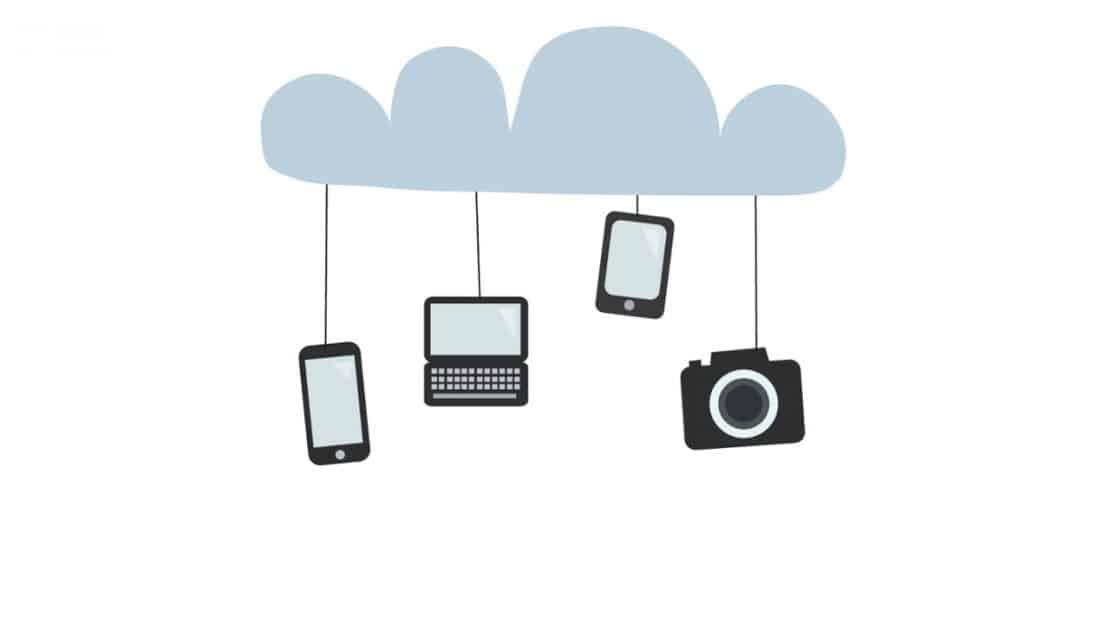22Aug2016
Software as a Service applications and businesses are popping up in record fashion. Most of us use at least a few SaaS apps, but it’s not just personal – companies are embracing SaaS because it lets them spend time on other things. Today instead of peering in at SaaS companies from the outside, it’s time to dive deeper. Yvonne Wassenaar, CIO at New Relic, and Des Traynor, Co-Founder of Intercom, know SaaS like it’s their hometown. They will pinpoint the advantages and disadvantages of using and running SaaS applications. One thing that’s for certain: SaaS isn’t going anywhere.
Finding a better way
New Relic helps software developers, IT operations, and the executives within companies. New Relic is “specifically looking to be the best first place to go to understand what your software is doing for your business,” Wassenaar says. “New Relic helps you understand the performance of your software. It helps you understand how it’s running and what your customers are doing with it.”
Wassenaar gives the example of how most people don’t go to the bank to do their banking anymore; they use the mobile app. So now the most important things are if the app reacted quickly and was easy to navigate, not if the teller line is long.
“Those are the things that your software can now tell you and those are the people we serve,” Wassenaar says. “The people who are building those applications, the ones who are operating them, and the executives who want to know what people are doing with them.” And New Relic can show exactly that.
There has to be a better way. At least, that’s what the team at Intercom said at the very beginning. Des Traynor says that Intercom’s mission today has the same spirit.
“Intercom evolved from this core idea; which is talking to your customers is so important it should be simple,” Traynor says. “Today we say our mission is to make internet business personal.”
Customers are people, too
People matter. Even with the most detailed metrics in the world, dialogue matters. Traynor says that at the core of Intercom is the belief that businesses need to treat their customers like ordinary people and “stop doing the usual thing which is treating them like data points in a database.”
Wassenaar points out that someone could be using a SaaS application, but be unhappy with it. She says this means that companies have to strike a balance between metrics and human dialogue to guide the customer’s experience. In the end, Wassenaar says “people vote with their feet.” Meaning, what’s the annual recurring revenue? How many people are staying?
When you or I sign up for a SaaS app, it’s usually low risk. Try it out, see if it’s a good fit, and move on if it’s not to our liking. This excellent set up for the customer is a challenge for the SaaS company – a challenge that puts customer service and experience at the top of the ever-lengthening priority list.
“Because people are ‘renting’ the software, it’s easier for them to leave,” Wassenaar says. “So, you have to earn their business every day.”
Traynor echoes this when he says that before a company adds a new feature to their app, they need to ask themselves, “Does this feature help the user get to where they need to go?” Notice that this doesn’t have anything to do with a company thinking of a cool feature and making it because they like it – the feature has to serve the customer. Some companies try to serve customers by creating as many features to solve as many problems as possible.
“This means they’re spread so thin they struggle to deliver value for any use case, and the product gets over complicated,” Traynor says. A business or app can’t solve every problem. It’s time to streamline for success.
When tiny and efficient teams win big, we all win big
Speaking of success, did you know that when Instagram was acquired it had 13 employees? And at WhatsApp, there were only 55 employees at the time of acquisition? Wildly loved and used companies can now be built with a small team.
“The proliferation of cloud services…means that small teams can set up shop and afford to scale without growing a massive headcount,” Traynor says. “I think it’s a blessing. I think what this shift does is it genuinely democratizes innovation.”
For business users, SaaS can be the perfect answer to the pressure to act faster than ever to adopt technology and figure out what business model brings the best results for customers. Delegate out some work to SaaS apps and focus on other things. Wassenaar says that business users are getting to this point because the SaaS market has matured enough for people to trust it.
”There was a period of time when people were afraid of ‘renting’ software but now it’s common,” Wassenaar says.
We are living in a “renaissance of software,” Traynor says, and it is almost undeniably great. Yes, SaaS brings its bundle of quirks, but the support it provides for people to innovate far outweighs the challenges. SaaS as we’re getting to know it means that innovation can flourish wherever the idea lives. Whether it’s a few business women in Helsinki, me in my small town apartment, or the stereotypical Silicon Valley startup, we can all use the same SaaS tools to build our ideas into a product.



 by:
by: